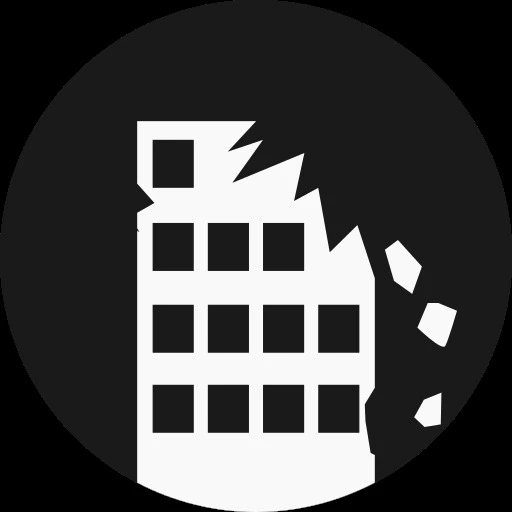Abstract
The Ancestral Puebloans occupied Chaco Canyon, in what is now the southwestern USA, for more than a millennium and harvested useful timber and fuel from the trees of distant forests as well as local woodlands, especially juniper and pinyon pine. These pinyon juniper woodland products were an essential part of the resource base from Late Archaic times (3000–100 BC) to the Bonito phase (AD 800–1140) during the great florescence of Chacoan culture. During this vast expanse of time, the availability of portions of the woodland declined. We posit, based on pollen and macrobotanical remains, that the Chaco Canyon woodlands were substantially impacted during Late Archaic to Basketmaker II times (100 BC–AD 500) when agriculture became a major means of food production and the manufacture of pottery was introduced into the canyon. By the time of the Bonito phase, the local woodlands, especially the juniper component, had been decimated by centuries of continuous extraction of a slow-growing resource. The destabilizing impact resulting from recurrent woodland harvesting likely contributed to the environmental unpredictability and difficulty in procuring essential resources suffered by the Ancestral Puebloans prior to their ultimate departure from Chaco Canyon.

